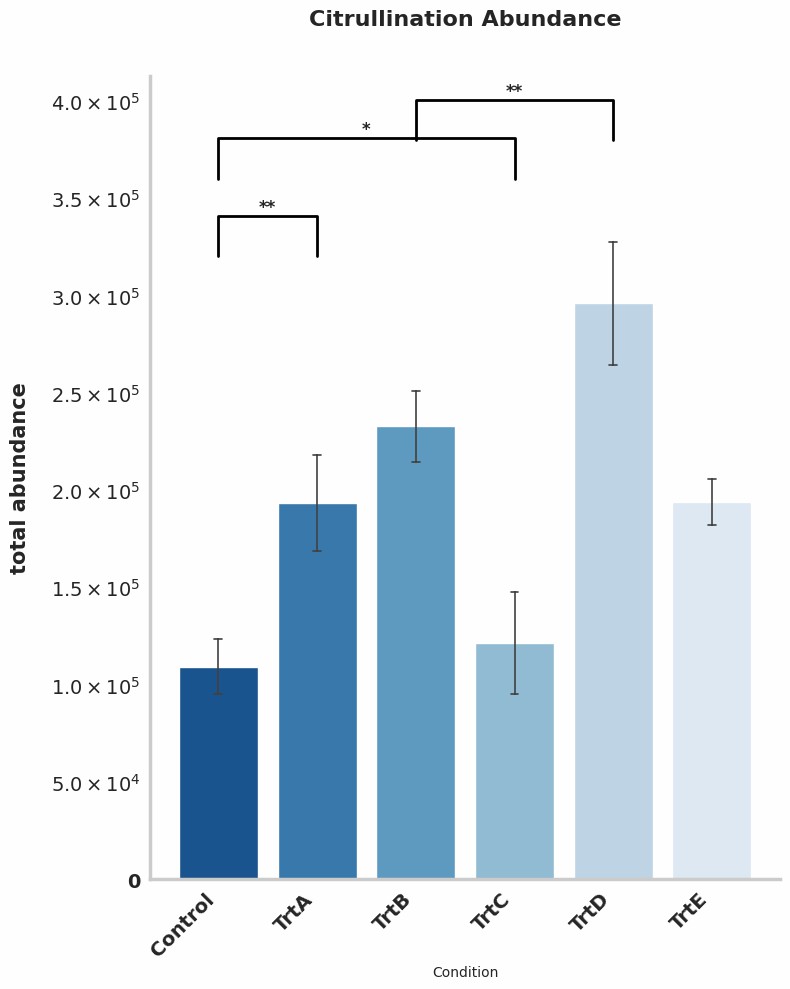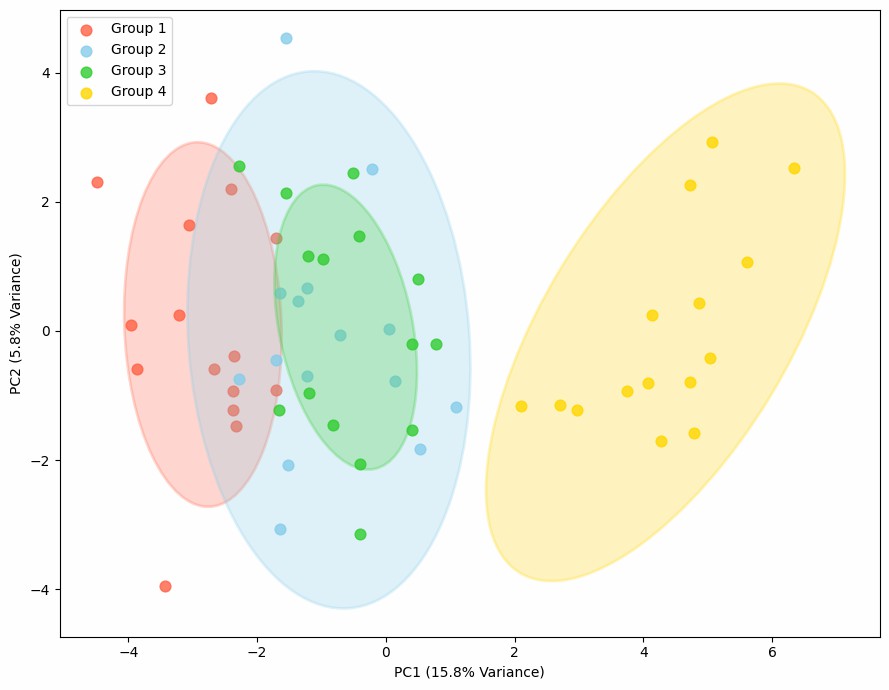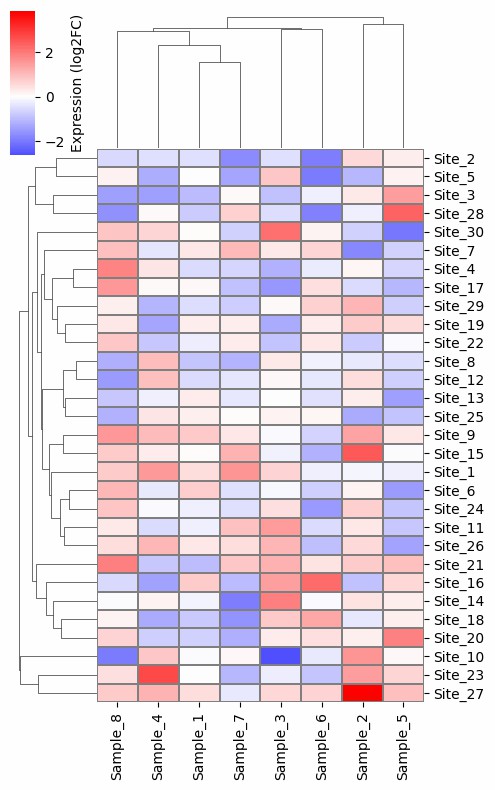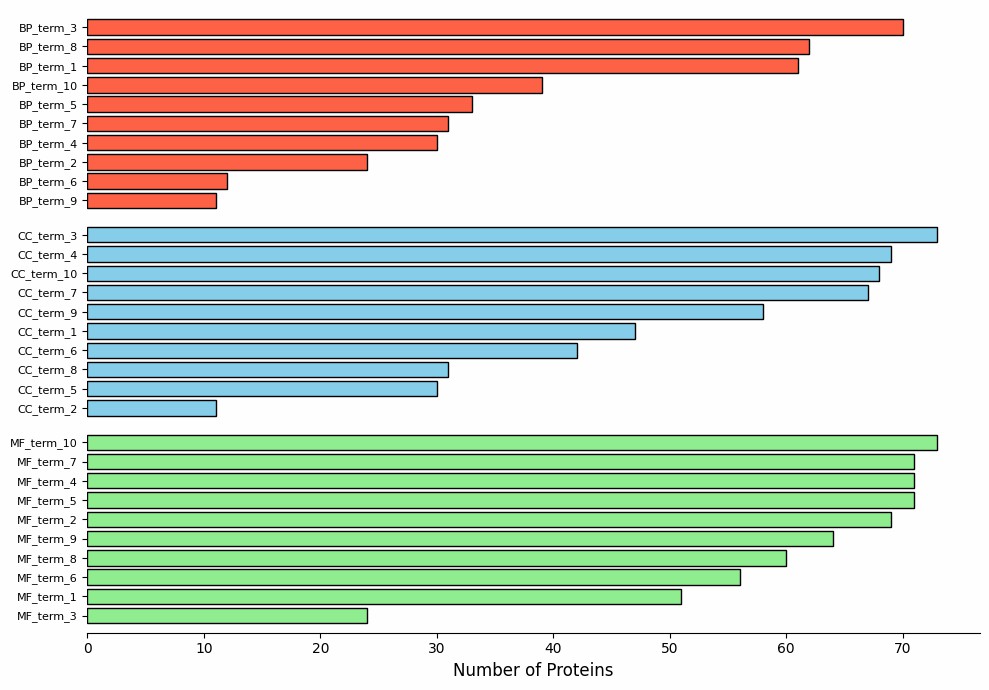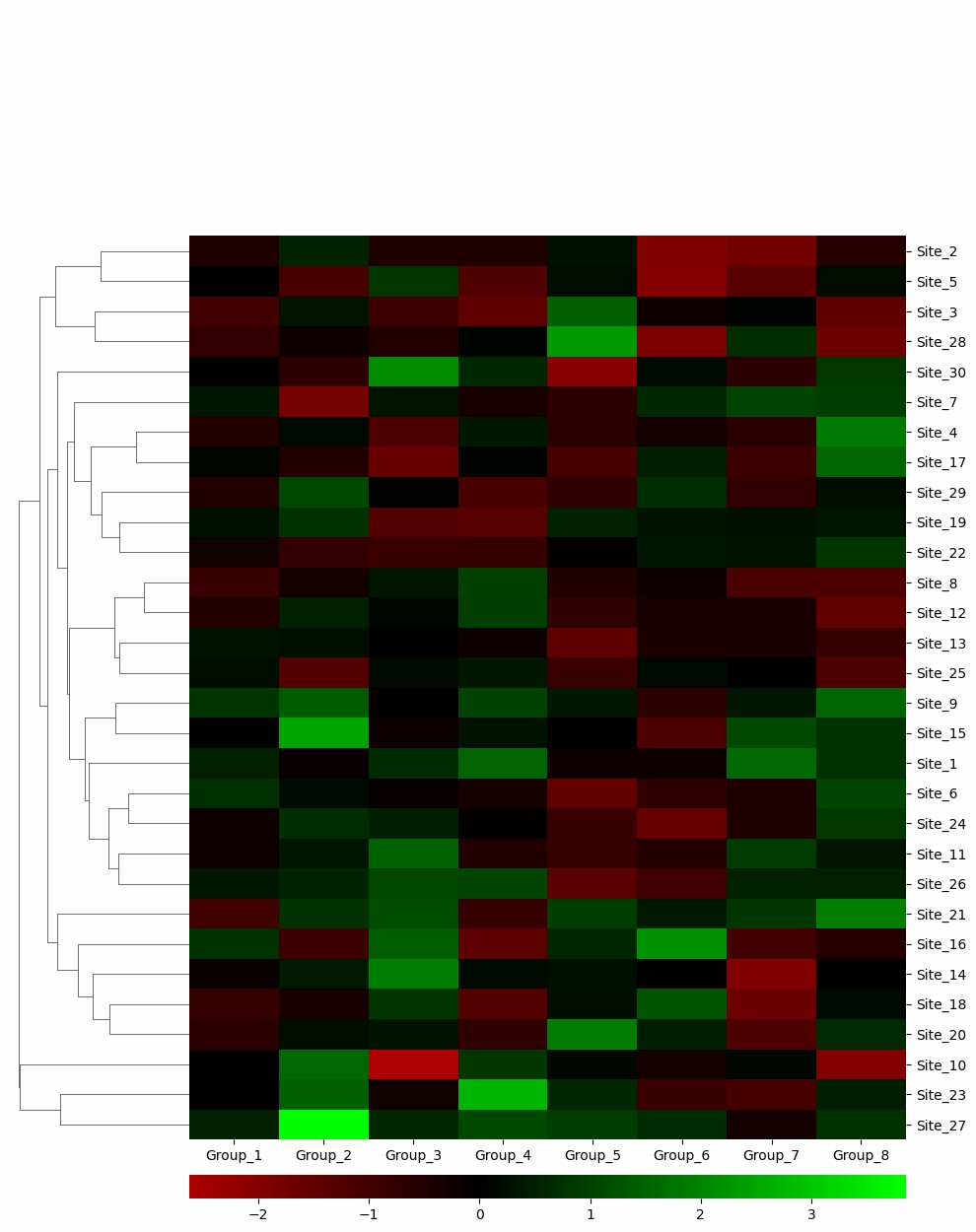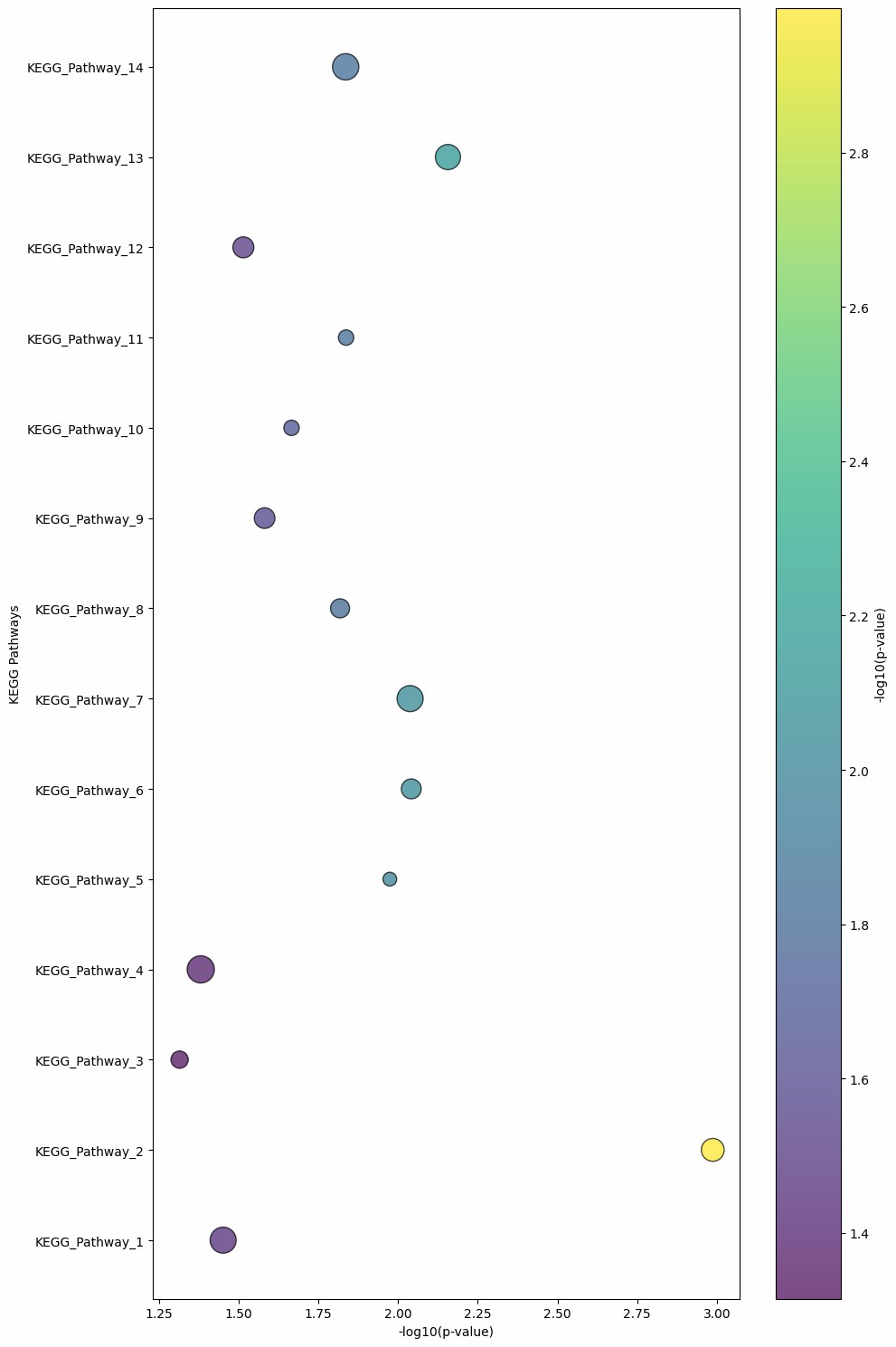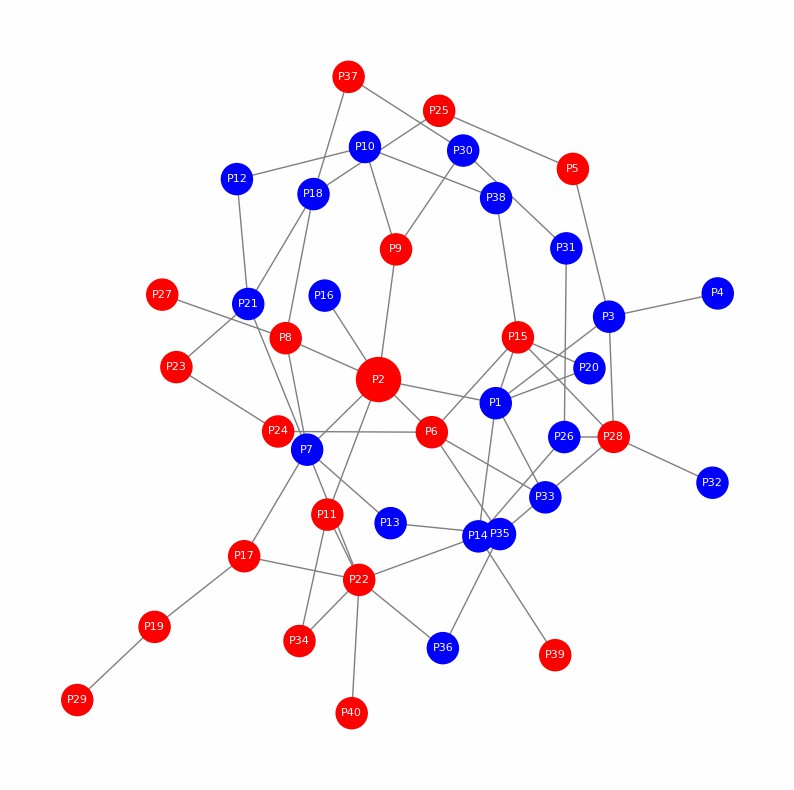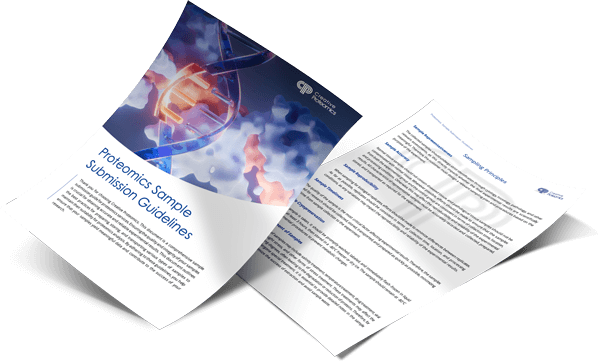Propionylation Analysis Service
Uncover how lysine propionylation reshapes chromatin and metabolism. Creative Proteomics delivers site-specific Kprop profiling through validated enrichment, high-resolution LC–MS/MS, and advanced bioinformatics—turning modification data into mechanistic insight.
- Site-level Kprop identification & quantification with strict FDR
- Anti-propionyl-lysine enrichment and Orbitrap ETD/EThcD/HCD precision
- Flexible DIA/TMT/PRM workflows for discovery to targeted analysis
- Integrated motif, pathway, and network bioinformatics
- Reproducible, decision-ready reports for research use only
Submit Your Request Now
×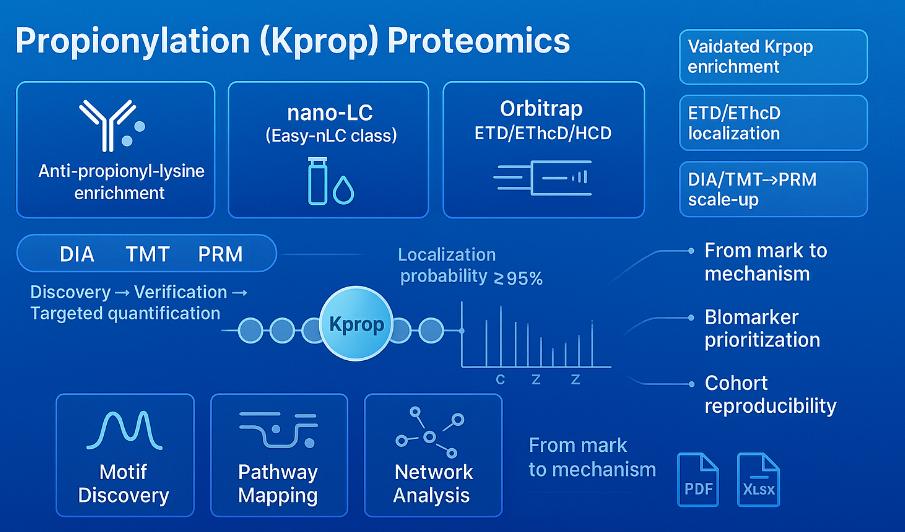
- Define
- What We Provide
- Technology Platform
- Workflow
- Advantages
- Applications
- Sample Requirement
- Demo
- FAQs
- Case
- Publications
What Is Propionylation?
Propionylation modification is an important post-translational modification (PTM) in which the propionyl group derived from propionyl-CoA is covalently attached to protein lysine residues through the catalysis of propionyl transferase, therby changing the charge of lysine from +1 to 0. Similar to acetylation, propionylation affects the protein's functional activity by altering its charge, spatial structure, and interaction ability. The propionylation of lysine was first discovered to exist in histones, and later the propionylation of non-histone substrates in mammals was also demonstrated. It is dynamically regulated by specific propionyltransferases and depropionylases. Propionylation modification plays a significant role in key biological processes such as gene expression regulation, metabolic adaptation, and cell signaling.
Propionylation Service at Creative Proteomics
Lysine propionylation is a novel post-translational modification essential for epigenetic regulation and metabolic homeostasis[1]. It alters nucleosome structure, modulates gene transcription, and regulates key metabolic enzymes in glycolysis and the TCA cycle. Abnormal propionylation is linked to diseases such as cancer and neurodegeneration, making it a promising biomarker and therapeutic target. We provide comprehensive propionylation proteomics services, including high-resolution MS detection, site-specific identification, quantitative profiling, and bioinformatics analysis, helping researchers uncover functional roles, pathway associations, and clinical relevance of this emerging modification.
Propionylation Research Platforms
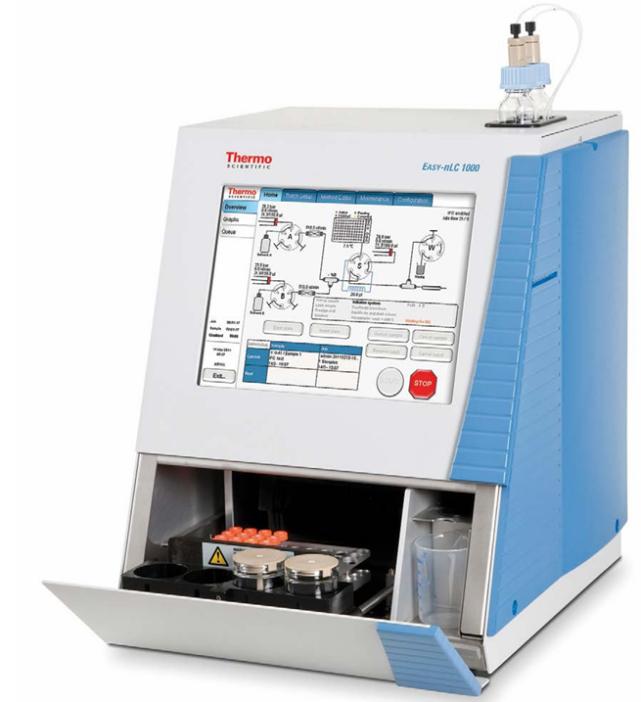
Easy-nLC 1000 (Figure from Thermo Scientific)
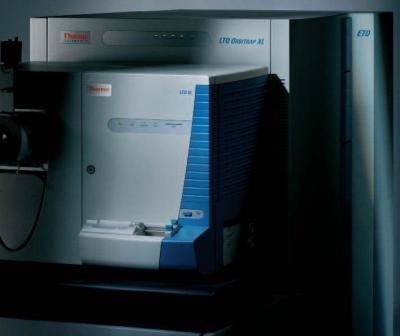
Thermo Fisher LTQ Obitrap ETD (Figure from Thermo Scientific)
Workflow of Propionylation Analysis
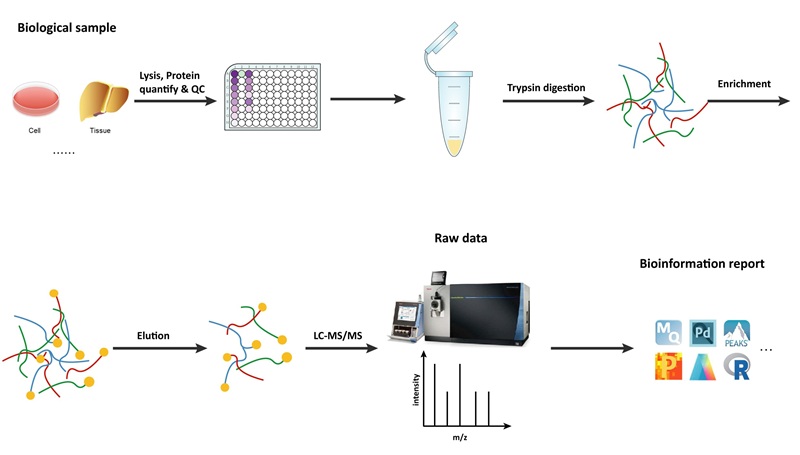
Advantages Our Propionylation Service
- Professional detection and analysis capability: Experienced research team, strict and matured techniques.
- Breadth: we could skillfully deal with protein samples derived from a wide range of sources, encompassing cell, animal and plant tissues, microorganism, etc.
- High specificity and accuracy: Skillful quantification proteomics techniques, and PTMs enrichment methods.
- High stability and reproducible: Obtain consistent and reproducible inter- and intra- assay results for data analysis.
- Advanced Analytical Platforms: Use of high-sensitivity mass spectrometry and state-of-the-art tools, ensuring precise, repeatable results.
- End-to-End Support: Offer full-spectrum services from design to data interpretation, with continuous technical support throughout the research process.
Applications of Propionylation



Tumor
Propionylation modification affects tumor metabolic reprogramming and epigenetic alterations by regulating histone function and non-histone activity, and can serve as a tumor diagnostic marker and therapeutic target[2].
Neurodegenerative disease
Propionylation modification is abnormally upregulated in the rat model of vascular dementia, while the drug donepezil can exert neuroprotective effects by down-regulating the levels of propionylation and other acylation modifications, suggesting that targeted protein propionylation regulation may be a new strategy for treating neurodegenerative diseases[3].
Cardiometabolic health
Abnormal changes in protein propionylation modification are closely related to the occurrence and development of atrial fibrillation after cardiac surgery, suggesting its potential application value in the diagnosis and treatment of cardiovascular diseases[4].
Propionylation Service Sample Requirements
| Sample | Sample Quantity | |
|---|---|---|
| Tissue | animal tissue | 200-500mg |
| fresh plant | 200-500mg | |
| Cell | suspension cell | > 3x107 |
| adherent cell | > 3x107 | |
| microorganism | > 50 mg or 3 × 107 cells | |
| Protein | Total protein > 5mg and concentration >1 μg/μL | |
Demo Result of Propionylation Service
FAQs of Propionylation Service
Which sample types are accepted by the service?
We accept a variety of sample types including cells, tissues,, plant tissue and more. If you have other special sample types, please consult in advance.
Whether the sample needs pretreatment?
We recommend that customers provide fresh or frozen samples, which should avoid repeated freezing and thawing, and we will be responsible for subsequent protein extraction and pretreatment. If you have already extracted the protein, please communicate with us in advance about the sample handling method.
Learn about other Q&A.
Case Study

Publications
Here are some publications in Proteomics research from our clients:

- Molecular signature of the ontogenic development of the prawn Macrobrachium tenellum. 2023. https://doi.org/10.7717/peerj.16344
- Regulation of toxic shock syndrome toxin‐1 by the accessory gene regulator in Staphylococcus aureus is mediated by the repressor of toxins. 2019. https://doi.org/10.1111/mmi.14353
- APOB100 transgenic mice exemplify how the systemic circulation content may affect the retina without altering retinal cholesterol input. 2024. https://doi.org/10.1167/iovs.61.13.19
- Assessment of Fasciola hepatica glutathione S-transferase as an antigen for serodiagnosis of human chronic fascioliasis. 2018. https://doi.org/10.1016/j.actatropica.2018.07.002
- Uptake of Polystyrene Nanoplastic and its Impacts on the Proteome of Salmonid cells (Master's thesis, UiT The Arctic University of Norway). 2023. https://munin.uit.no/handle/10037/29530
References
- Lagerwaard, B., Pougovkina, O., Bekebrede, A. F., Te Brinke, H., Wanders, R. J. A., Nieuwenhuizen, A. G., Keijer, J., & de Boer, V. C. J. (2021). Increased protein propionylation contributes to mitochondrial dysfunction in liver cells and fibroblasts, but not in myotubes. Journal of inherited metabolic disease, 44(2), 438–449. https://doi.org/10.1002/jimd.12296.
- Fu, Y., Yu, J., Li, F., & Ge, S. (2022). Oncometabolites drive tumorigenesis by enhancing protein acylation: from chromosomal remodelling to nonhistone modification. Journal of experimental & clinical cancer research : CR, 41(1), 144. https://doi.org/10.1186/s13046-022-02338-w
- Wang, H., Lu, J., Gao, W. C., Ma, X., Li, N., Ding, Z., Wu, C., Zhu, M., Qiao, G., Xiao, C., Zhang, C., Chen, C., Weng, Z., Yang, W., & Zheng, C. B. (2020). Donepezil down-regulates propionylation, 2-hydroxyisobutyrylation, butyrylation, succinylation, and crotonylation in the brain of bilateral common carotid artery occlusion-induced vascular dementia rats. Clinical and experimental pharmacology & physiology, 47(10), 1731–1739. https://doi.org/10.1111/1440-1681.13352
- Zhang, Y., Chen, H. X., Hou, H. T., Liu, Y. Q., Chen, Z., Yang, Q., & He, G. W. (2025). Atlas of lysine propionylation of human right atrium and ALDH6A1-NADH pathway in new-onset atrial fibrillation after coronary surgery. Communications biology, 8(1), 858. https://doi.org/10.1038/s42003-025-08264-9
